Begonia "Non-stop": description, types and cultivation
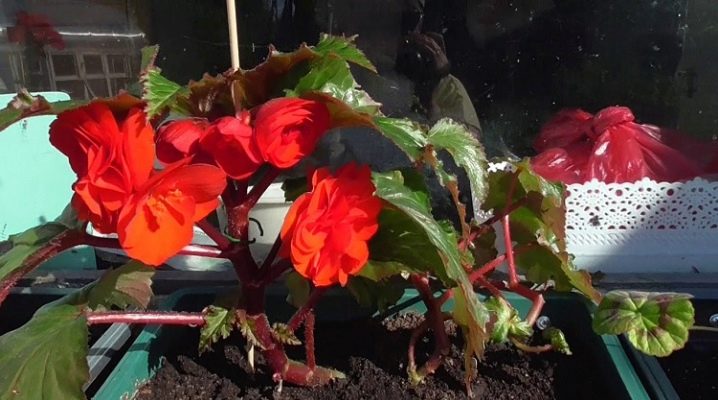
Begonia is not very capricious to care for and a beautiful representative of the flora, therefore it is deservedly popular with flower growers. Growing any kind of begonias, including "Non-stop", does not require any special difficulties, even an inexperienced person can do it. Tuberous begonia is well bred both at home and in the garden, greenhouse. The flower also attracts by the fact that it multiplies very quickly, blooms for a long time, and its color range is diverse and very attractive.
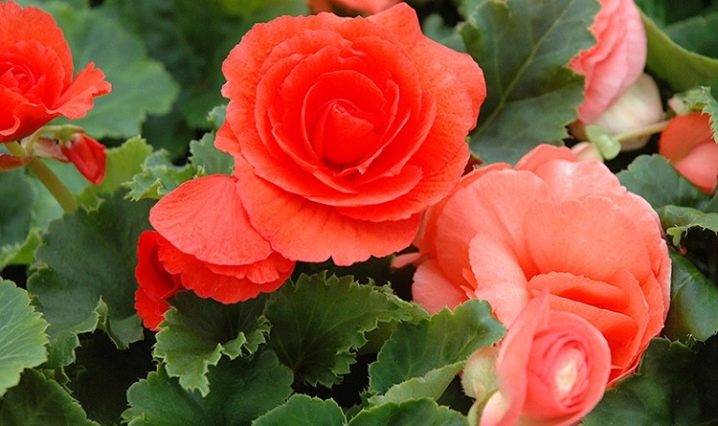
Types and varieties
Tuberous begonia "Non-stop" is a plant with a very strong and large root system, its stems are transparent, the foliage is heart-shaped. The height of the flower reaches 75 cm. Depending on the variety, the inflorescences can be laconic, decorated with terry or semi-terry. The color range is warm, rich, there are orange, pink, white, salmon, yellow, red flowers. Flowers are pleasing to the eye from May days to the end of October. Tuberous begonia "Non-stop" is distinguished by luxurious double buds, their terry is very dense, and the flowers are large. Among the most expressive representatives of begonia, experts distinguish:
- Non-Stop Mokka Yellow;
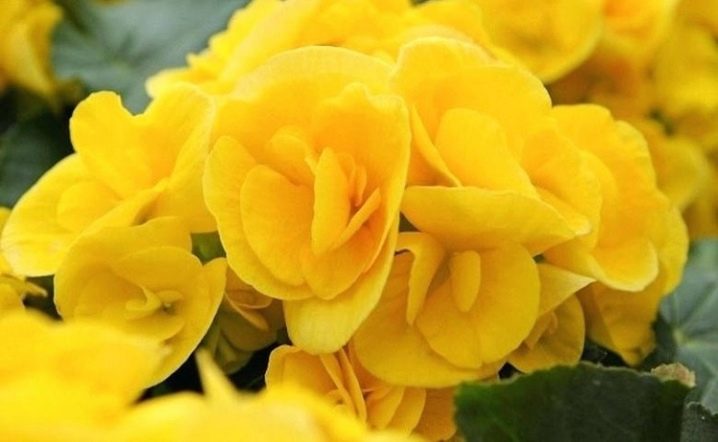
- Non-Stop Apricot;
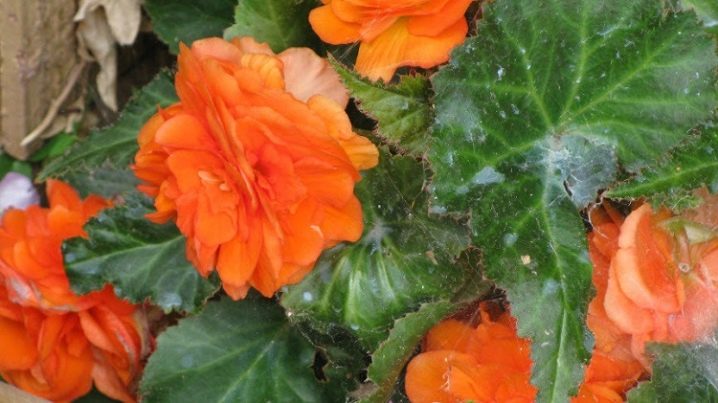
- Non-Stop Mokka White;
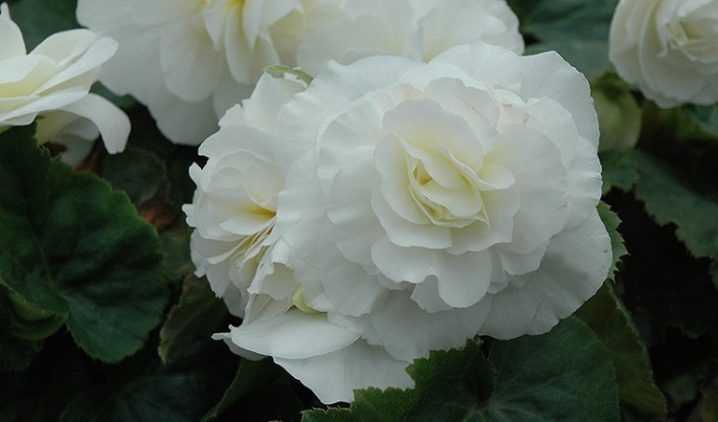
- Non-Stop Pink;

- Non-Stop Joy;

- "Non-stop Scarlet".
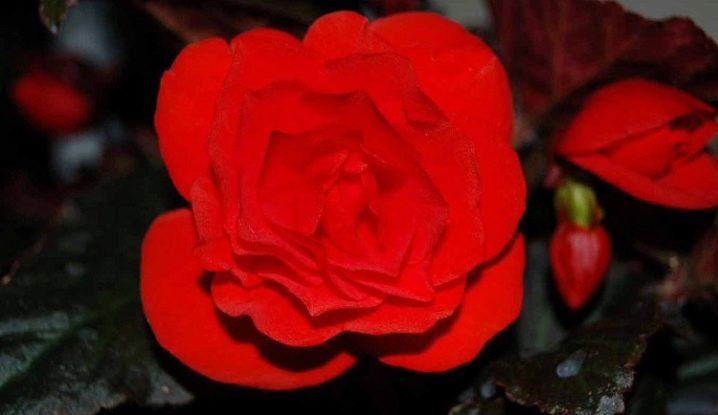
Landing
Planting a plant has no clear time boundaries, it can be started in March and later, flowers will form in 3 months. Here's how to properly carry out the disembarkation procedure:
- to begin with, hold the tubers in a manganese solution for about an hour to disinfect them;
- then they are sent to containers filled with moss or peat, they must be lowered by 2 thirds;
- you need to correctly determine the top of the future plant, it is where the implicit buds are located;
- while moisturizing tubers, do not get on them with water;
- place the container for germination on a window where there is a lot of light, the temperature should not fall below 19 C, not rise above 22 C;
- water and feed the future flower regularly, use special fertilizers;
- flowers are grown at home, transplanted into open ground;
- the seedlings are transferred to the ground after the frosts are no longer terrible, not earlier than May;
- it is necessary to prepare flower beds, garden containers or beds, moisten and level the soil;
- a hole is constructed in which a flower is freely placed;
- can be planted in rows or staggered;
- find a place where it is sunny enough and there is no shade;
- the soil is suitable light, not alkaline, but rather sour, loose;
- the soil is flavored with compost, peat, manure, lightened with sand;
- it is useful to water the ground with a solution of manganese, boric acid, potassium salt, ammonium nitrate before planting.
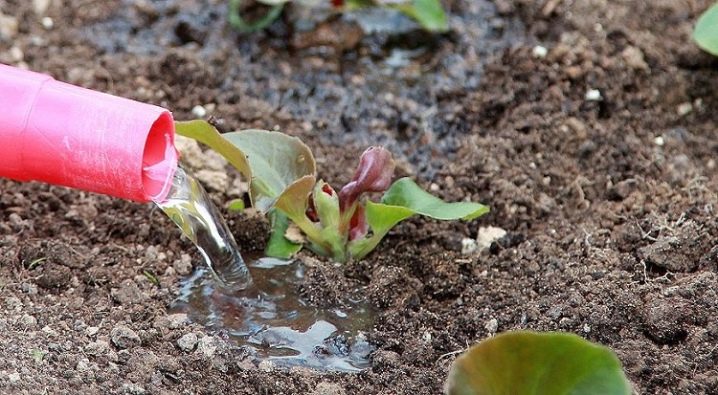
How to reproduce?
Reproduction is possible both by cuttings and by seeds, tubers. If you want to preserve the characteristic features of the variety, it is better to choose the seed method. Begonias are sown on the surface of the earth in winter, organizing additional lighting if necessary, then covered. Periodically you can spray, dive.
Tuberous method:
- extracting a wilted plant from the soil;
- placing it in a container filled with sand and peat for the winter;
- periodic watering;
- cleansing and planting.
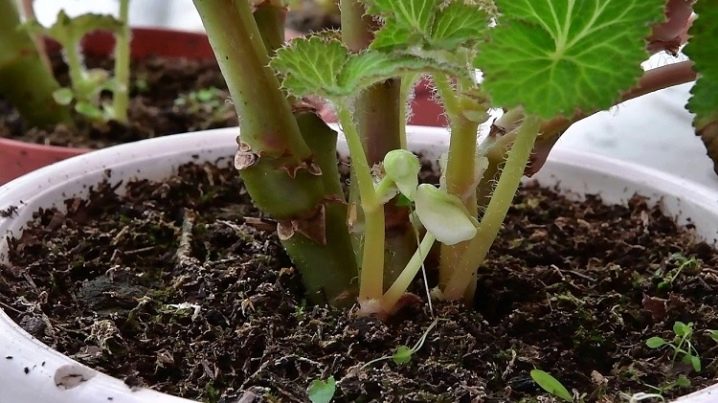
Division:
- after wintering, the tuber must be divided into parts with buds;
- roll in ash;
- planted in moistened soil, covered with polyethylene, removed to the light;
- transplanted after the appearance of foliage.

Cuttings:
- it is necessary to choose cuttings with 2 buds (there may be more);
- foliage is partially removed;
- sand and peat are mixed, 3 parts to one;
- the stalk is removed into the mixture and covered with polyethylene;
- periodically ventilated while waiting for the roots.
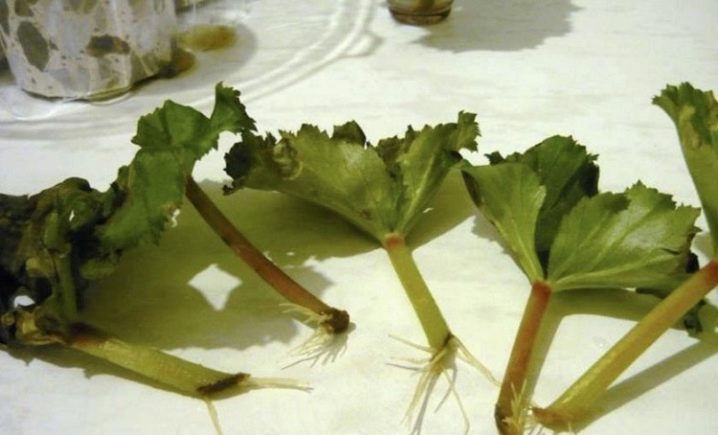
How to care?
Diseases will bypass non-stop begonia with proper care. If the flowers are grown outdoors, then it is enough to loosen the plant, weed, moisturize and feed. It is better to moisturize not in the hot part of the day, after loosening. In order for the flowers to please the eye constantly, you need to feed them with special fertilizers, bird droppings, and mullein 3 times a month. Begonia can be transplanted at any stage of its existence.
After the flowering time has passed, the plant goes into winter sleep, all the beneficial substances are concentrated in the tuber. Everything is cut down to the tuber to avoid decomposition and fungal diseases. Then it is necessary to let the tubers brew, ripen, and then dig up, peel, dry and send for winter storage in the cold.
Moss, peat, sawdust are suitable for storage.

Indoor begonia
It is planted in small pots, then transplanted so that the roots are freely placed in the container. A mixture of sand, humus, and leafy soil is the ideal mixture for growing at home. If it is not possible to mix different types of soil, you can buy ready-made soil of a similar composition. The flower is placed on windowsills with good clear light, ideally from the southwest. Humidification is carried out regularly, with not very cold, settled water. The flower is fed once a month, diluting a teaspoon of the mineral composition per liter of water.
The transplant is carried out in the spring, while cutting off the elongated shoots.
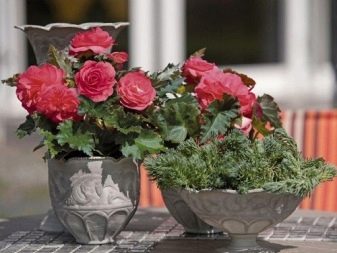
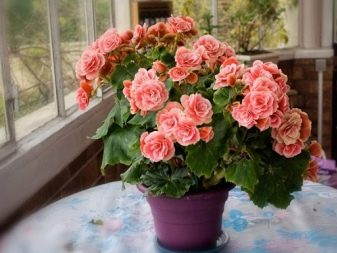
For the secrets and features of caring for Begonia at home, see the video below.































The comment was sent successfully.